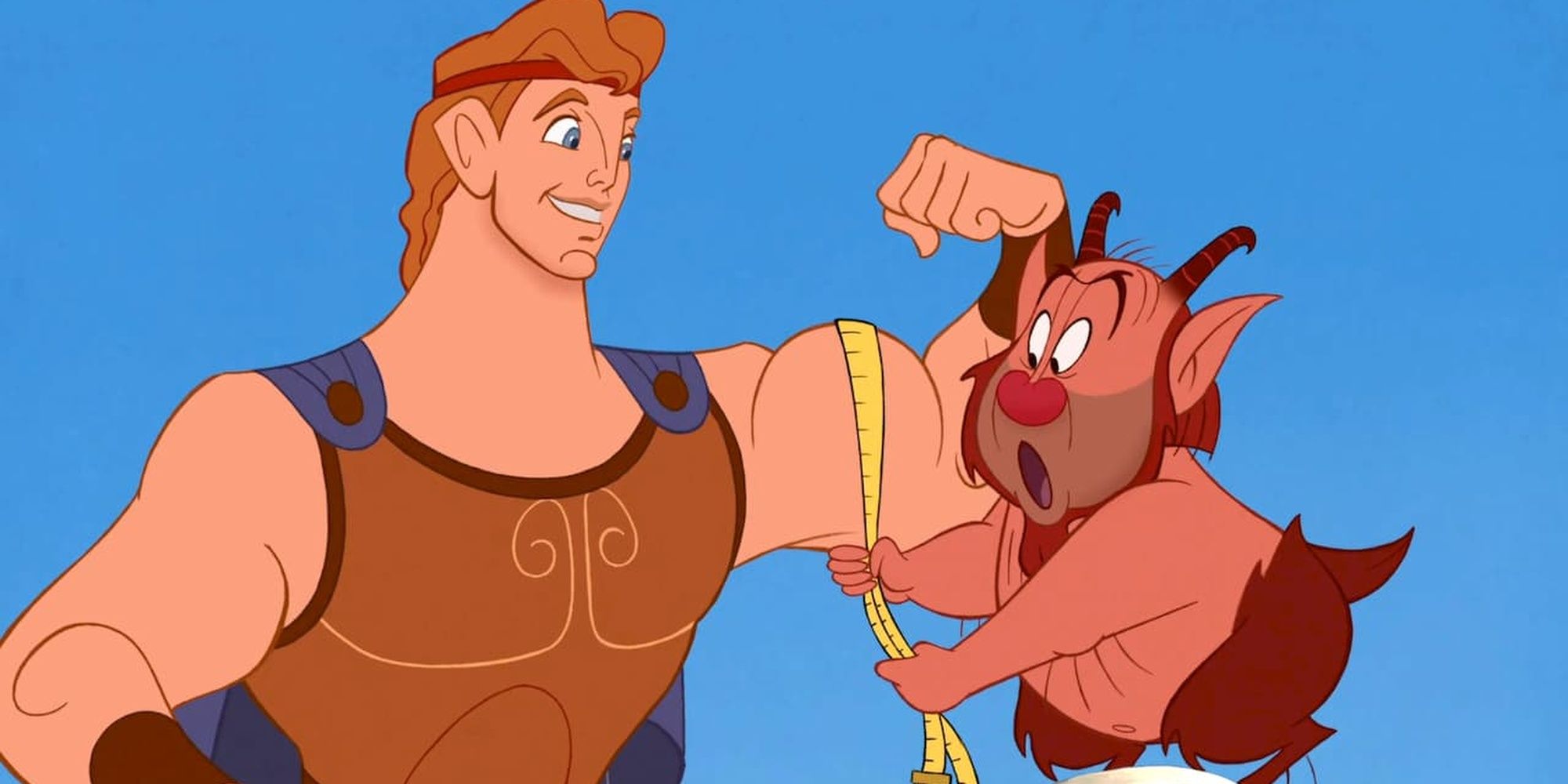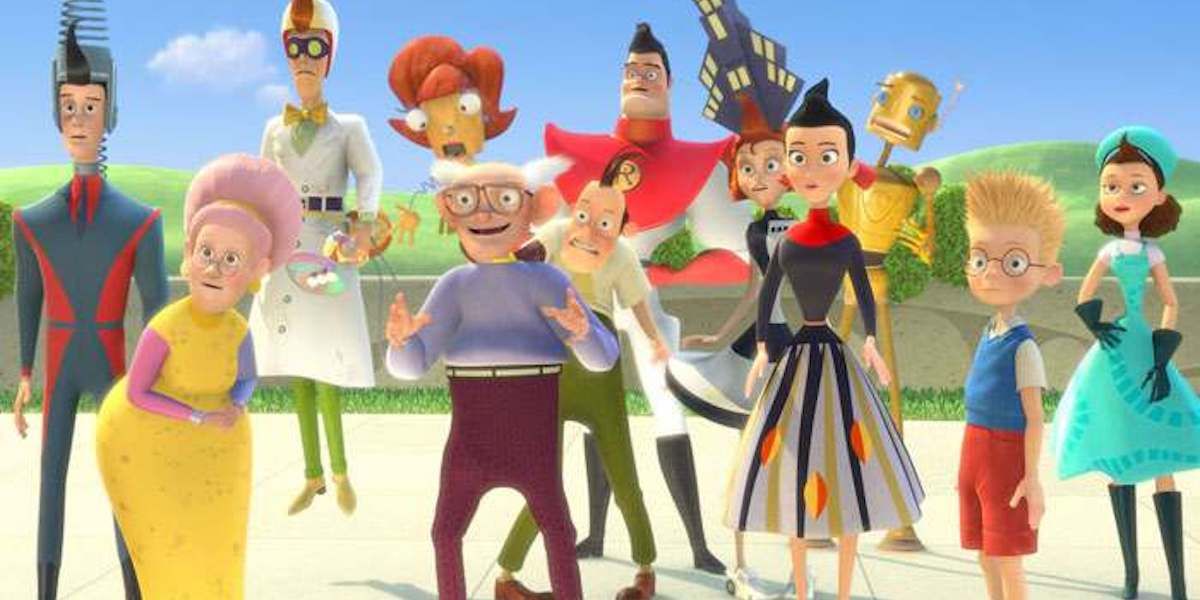
The Walt Disney Corporation is perhaps the most recognizable brand in the world. Their success comes mainly from their high-quality animated films, designed to entertain both children and their parents. Because of this, they have managed to stand the test of time and continue to captivate new generations decades after their first release.
However, this has not always been the case. Many films considered Disney classics failed to turn a profit, and some even received poor reviews from critics and audiences. There are several reasons for this, including changing sensitivities, high production costs, or bad timing.
‘Pinocchio’ (1940)
Disney’s second feature film was a big step up from Snow White and the Seven Dwarfs. They adapted the character of the puppet in Carlo Collodi, who dreamed of becoming a real boy. With the help of his conscience, Jimmie Cricket, he tries to navigate the world and stay out of trouble while learning life lessons about courage, truth and selflessness.
Although many people loved this film for its innovative animation techniques and memorable story and characters, it was a disaster upon release. The onset of World War II cut off Disney’s foreign market, and they could only earn $1.6 million against a budget of $2.6 million. Fortunately, it would sell well on VHS and DVD in the 80s and 90s.
‘Fantasy’ (1940)![Mickey in 'Fantasia']()
After Snow White made her studio famous, waltz disney wanted to push its animators and see what they could accomplish. His highest concept film was to merge Disney animation with classical music. The results ranged from detailed stories with heroes and villains to abstract shapes that danced to the beat of the music.
Unfortunately, the cost of installing Fantasound technology, expensive roadshow distribution, its high concept, and World War II meant that the film barely recouped its 2.2 million production costs. It dashed Walt’s dreams of making another movie like Fancy, although he is experimenting with titles like Make music mine and Melody time. Fortunately, The Power of Music transcends generations and is now considered one of Walt’s finest films.
“Alice in Wonderland” (1951)![Alice walking through Tulgey Woods]()
Once the good times returned in the 50s, Disney began work on the adaptation by Lewis Carol Alice’s Adventures in Wonderland. As young Alice chases a white rabbit to ask where he is going, she encounters one strange thing after another, such as talking flowers, a dodo leading a huddle race, and a magical Cheshire cat. Each creature is animated by one of Disney’s top animators, resulting in a mosaic of different animation styles.
Alice was a big disappointment upon release, earning $2.1 million on a $3 million budget. Walt reportedly disowned the film due to its lack of heart, brought on by its animators trying to outdo themselves with their scenes. However, when it was re-released in the 70s, it found a new audience among students and psychedelic fans.
‘Sleeping Beauty’ (1959)![Sleeping Beauty]()
The evil fairy, Maleficent, curses little princess Aurora to prick her finger on a spinning wheel and die on her sixteenth birthday. Three good fairies attempt to avoid the curse by raising her in the woods and altering the curse to place her in a deathless slumber. However, Maleficent sends her spies to find the girl and make sure her curse is fulfilled.
Sleeping Beauty was the company’s most expensive film at the time, costing $6 million. Since it only grossed 5.3 million, Disney was forced to switch to Xerox technology to speed up the animation process and cut costs. Luckily, the re-releases would eventually make their money back, and the film would be rightfully praised for its art style and characters, especially Maleficent.
“The Black Cauldron” (1985)![The Horned King with the Black Cauldron on stone steps.]()
A pig guardian named Taran is tasked with protecting a pig who can see the future. He loses it to the Horned King’s minions, who want to use it to find an artifact called the Black Cauldron. Taran must now find the cauldron before the Horned King can raise an army of undead.
The black cauldron suffered from studio interference and being much darker than Disney’s usual stories, so it failed to recoup even half of its $44 million budget. It was so bad that The Care Bears the film grossed more domestically. Over the years, it’s garnered a cult following among fans of ’80s fantasy films for its art style and dark imagery.
“The Rescuers From Below” (1990)![Cody flying with Marahute in The Rescuers Down Under]()
A young boy named Cody saves a giant golden eagle named Marahute and is shown the eagle’s nest in thanks. On the way back, he is captured by a poacher hunting the eagle. Fortunately, his capture was seen by a mouse, who sent a message to the Rescue Aid Society so they could rescue him.
Although the production cost was never disclosed, the film was deemed a failure when it grossed $27.9 million domestically. It came out the same week as Alone at home, so Disney cut its losses and pulled advertising from the film. Still, it’s worth checking out its wonderful animation, especially during the flight scenes, and a fun villain performance from George C. Scott.
“Hercules” (1997)
After the success on The little Mermaid and Aladdin, John Musker and Ron Clements wanted to work on their passion project. However, they were tasked with making another commercially viable film before releasing. treasure planet. They chose an adaptation of the story of Hercules, made mortal by the god of the Underworld, Hades, who must become a true hero to regain his divinity.
The film only made $100 million domestically against an $85 million budget. This was due to the film being blurry thanks to the combination of elements from everything popular at the time, including Rocky,Superman, and Michael Jordan. Through his gospel-inspired songs and by James Wood performances like Hades, he managed to get a fan base.
“Atlantis: The Lost Empire” (2001)![atlantis-the-lost-empire-social]()
Michael J. Fox plays Milo, an underrated scholar who believes in finding the lost city of Atlantis. One day, a friend of his grandfather approaches him with a journal containing a map of the lost civilization and a crew to pilot a high-tech submarine. Milo joins the expedition as an expert on Atlantis, but no amount of money or knowledge could prepare them for what they will find.
Unfortunately, 2001 meant that Disney was in competition with shrek and Lara Croft: Tomb Raider. They had no chance at the box office and only grossed $186 million worldwide against a budget of $120 million. However, the film is fondly remembered for its unique art style, more mature storytelling, and an incredible cast of supporting characters.
“Treasure Planet” (2002)![Jim and Silver]()
When a dying alien lands at the Benbow Inn, Jim Hawkings comes into possession of a map that leads to the hidden treasure of the galaxy’s greatest pirate. A family friend helps hire a ship and crew to find him, while Jim is turned into a cabin boy serving the ship’s cook. Unbeknownst to Jim, Silver and the crew plan to take over the ship and claim the treasure.
To avoid competing lilo and stitchthe film was released in December, which means that it was destroyed by Harry Potter and the Chamber of Secrets. Additionally, a poor marketing campaign and the film’s odd balance of sci-fi and Georgian-era clothing made the film Disney’s biggest financial loss among their animated films. Still, for those who have seen it, the film is beloved for Jim’s arc and the father-son bond between him and Silver.
“Meet the Robinsons” (2006)
Hubert is a child genius trying to find his mother, who left him when he was a baby. To do this, he builds a machine capable of tapping into his deepest memories, which he presents at his school’s science fair. Unfortunately, a man in a bowler hat from the future wants to use Hubert’s invention for his own success, and the only one who can help him is a boy with a time machine.
The film went through numerous rewrites when Pixar John Lasseter took over production, resulting in a budget of $150 million. The film grossed $169 million but became cult due to its emotional core and heartfelt ending. It also includes a strong emotional quote related to Walt himself.








